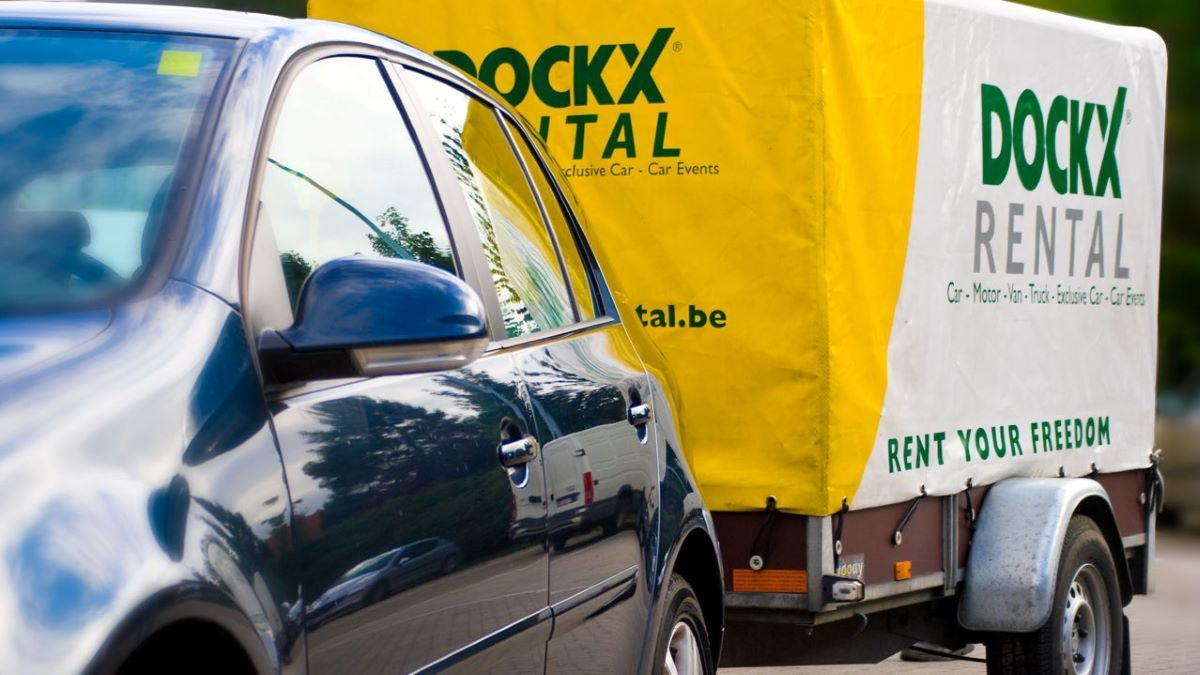
You are here:
from
Dockx.be
Blog
How to drive with a trailer?